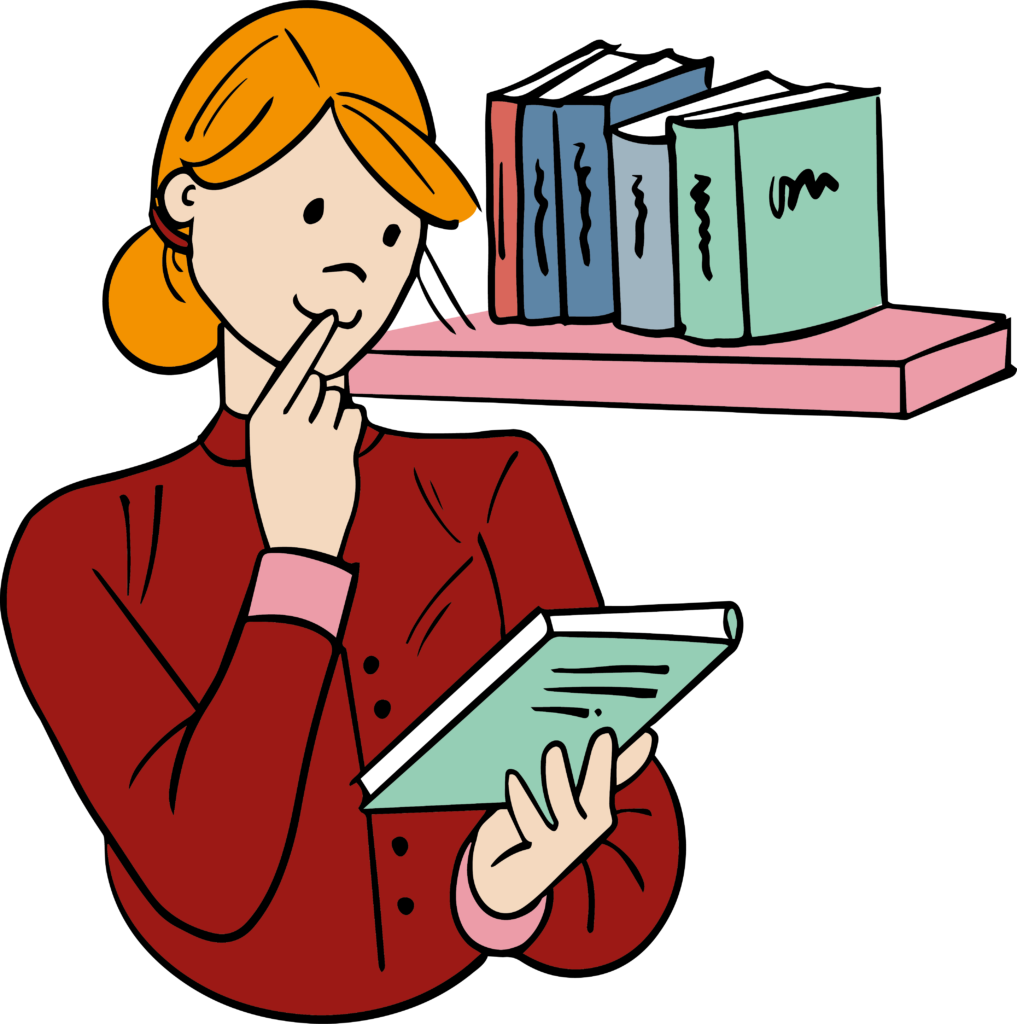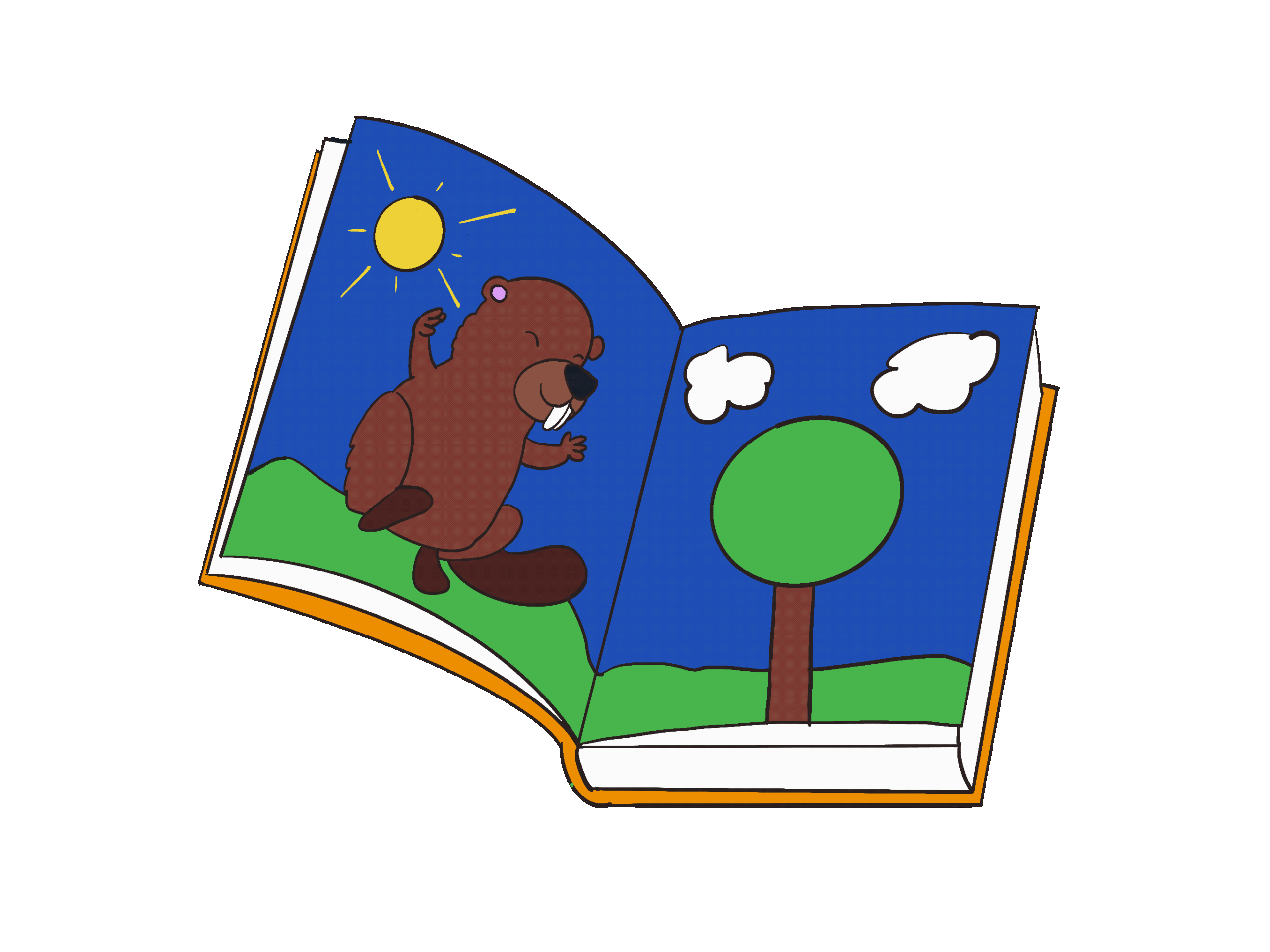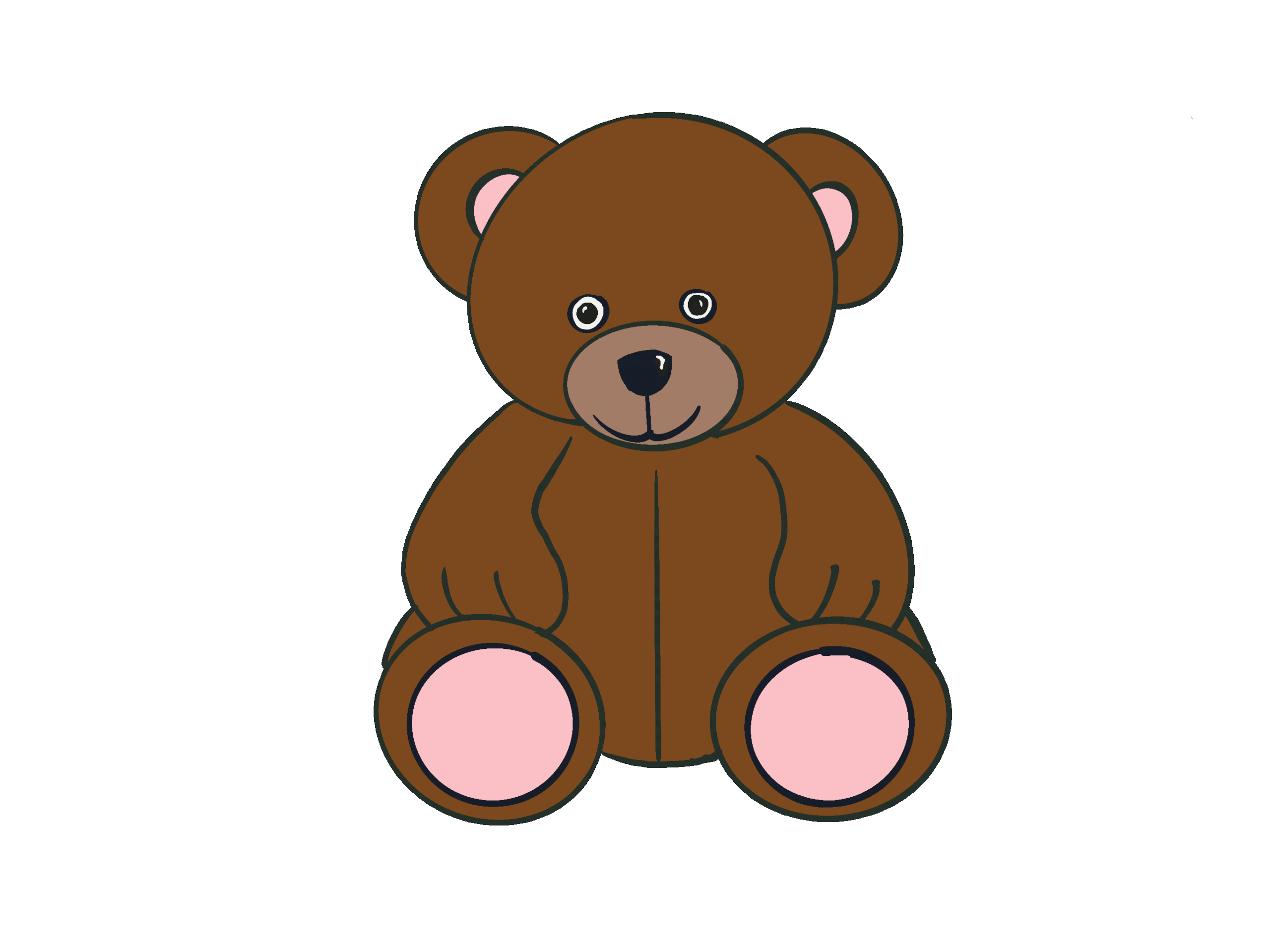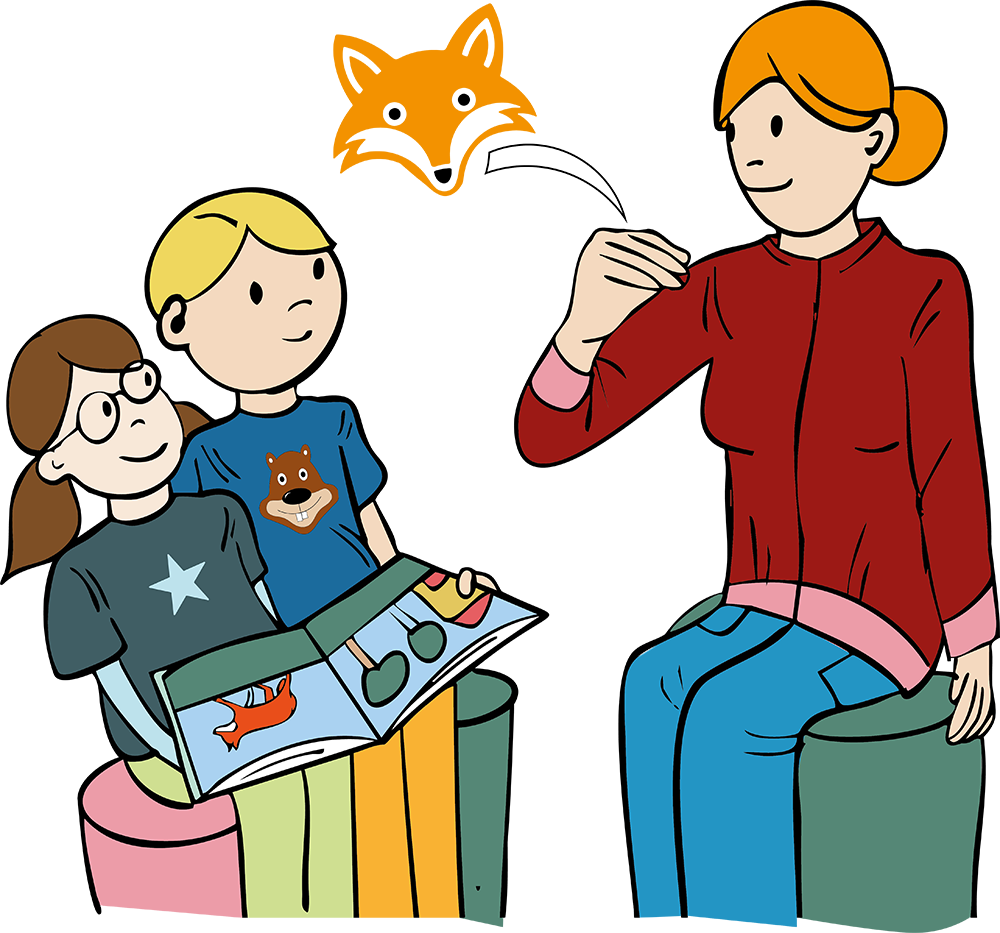Tutorial 4
Getting to know the book
The more thoroughly you prepare, the better your reading session will be for everyone. A picture book is not a simple educational tool, despite appearances. Read the book several times to enable you to identify difficult passages and explain details in the pictures.

Use these questions to prepare

Are there signs or words the children are not familiar with?
Decide how you can explain them.

Which sentences or phrases might be difficult for a child?
Decide how you would simplify the text.

Will the children understand all the content?
Decide how you would explain it.

Does the book contain elements which would be unfamiliar to a child who is deaf or hard of hearing?
Decide how you might explain, visually or verbally, something such as a sound.

Where in the book would be suitable for a rest break or an opportunity for signing/speaking?
Find a few suitable places, but don’t plan too many breaks; allow the children to immerse themselves in the story.

Use these questions to prepare


Are there signs or words the children are not familiar with?
Decide how you can explain them.

Which sentences or phrases might be difficult for a child?
Decide how you would simplify the text.

Will the children understand all the content?
Decide how you would explain it.

Does the book contain elements which would be unfamiliar to a child who is deaf or hard of hearing?
Decide how you might explain, visually or verbally, something such as a sound.

Where in the book would be suitable for a rest break or an opportunity for signing/speaking?
Find a few suitable places, but don’t plan too many breaks; allow the children to immerse themselves in the story.

What do children find particularly funny, exciting or interesting?
Find some example sentences and consider what you would like to sign, say, or ask about them.

Which passages or pictures particularly stimulate the children’s language?
Find these places and prepare some suitable questions and conversation starters. Acknowledge everything the children say, react appropriately and encourage conversation.

Which particular educational goals does the book support?
Set a defined goal (for example, expanding verbal/sign vocabulary, developing understanding of the world or emotional intelligence) and consider what methods you could employ to support this.

Which parts could a child read aloud?
Find some passages and allow the child to practise reading aloud.
Further tips for reading aloud with children with limited language skills
Use the pictures:
If the text is too difficult, describe the pictures, or make up a story that fits the pictures.

Plan a suitable introduction,
to create a connection to the children’s own lives.

Use physical objects,
for example, cuddly toys for a story about animals, to offer children a variety of ways to access the book.

Give a clear explanation of difficult pages,
to enable all children to develop an understanding of the text. Not every child will understand everything immediately; this is an important learning experience.



Tasks
Tasks

Re-read all the questions in this tutorial with your chosen book in mind. Decide which questions are particularly important for developing the children’s language skills.

Answer the questions most important for your session planning, attaching particular importance to the children’s linguistic education.
